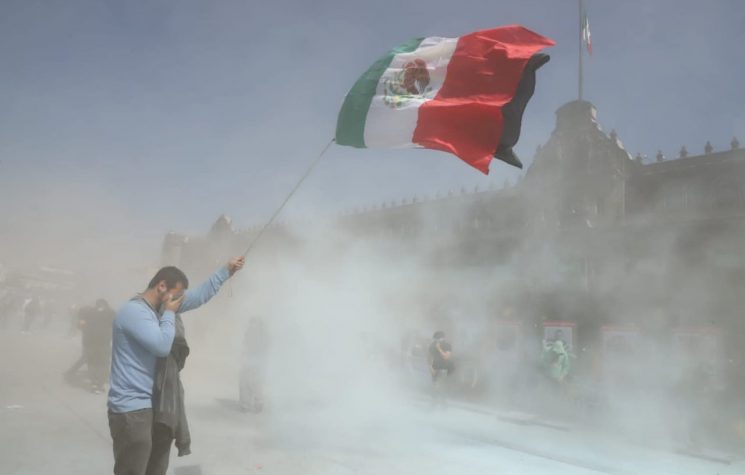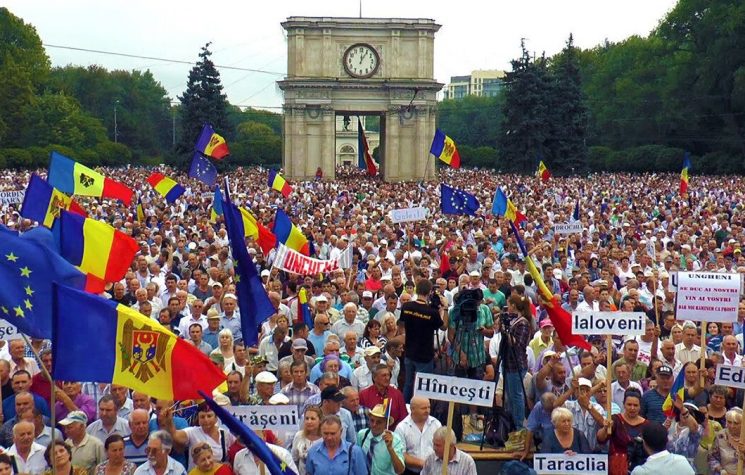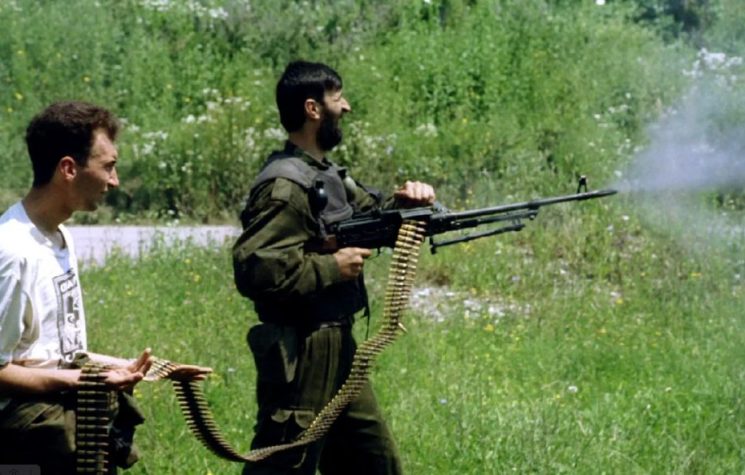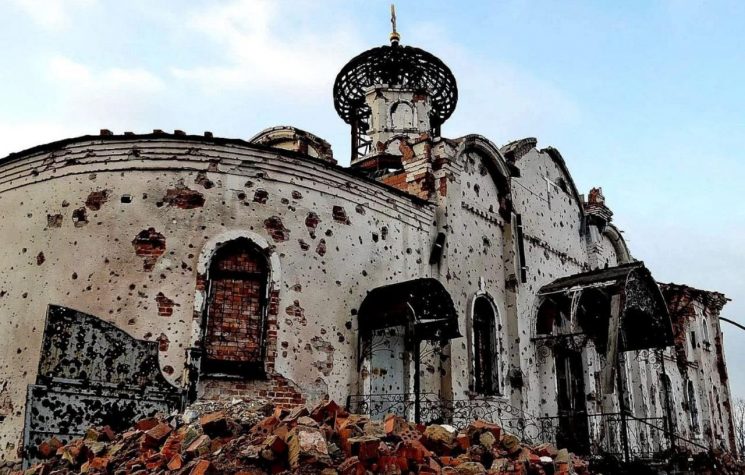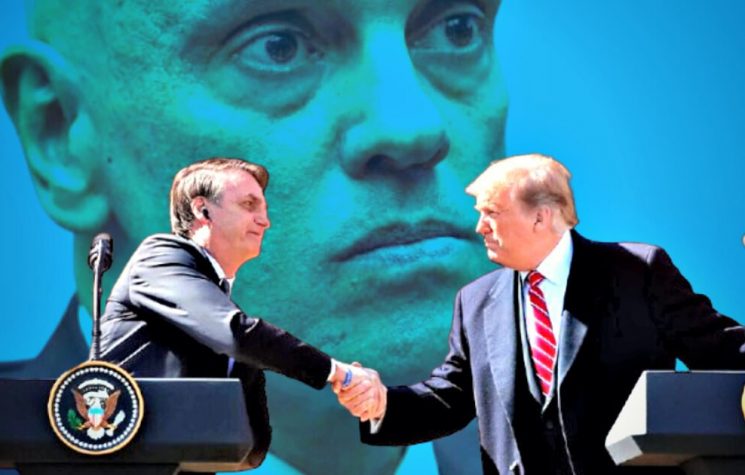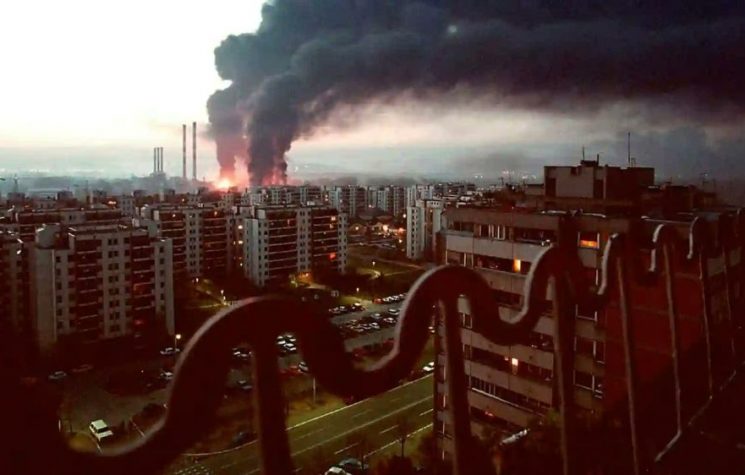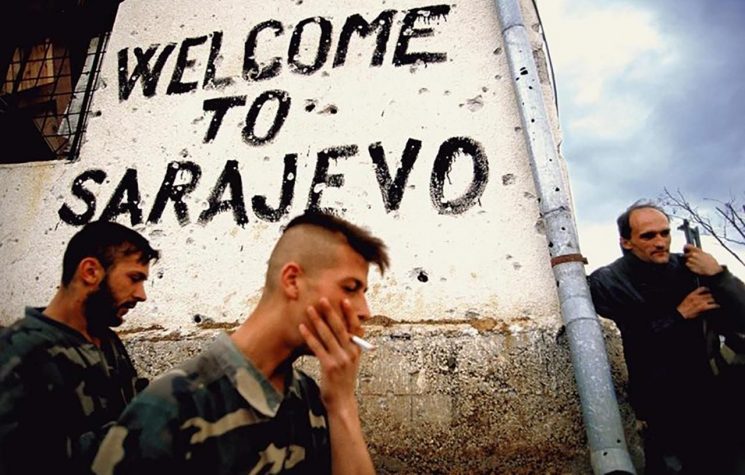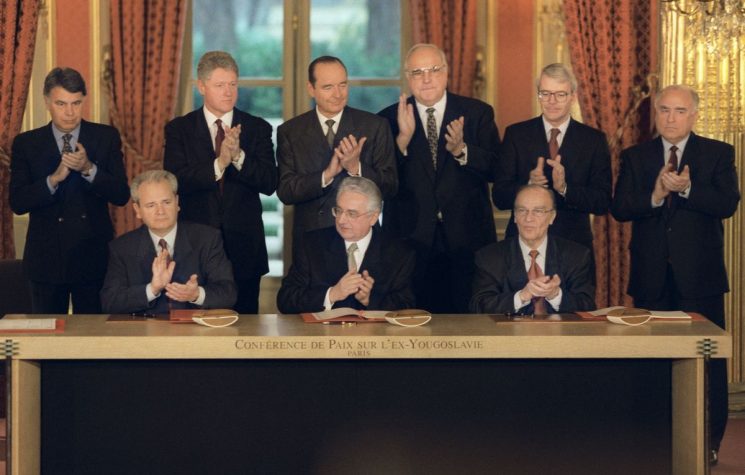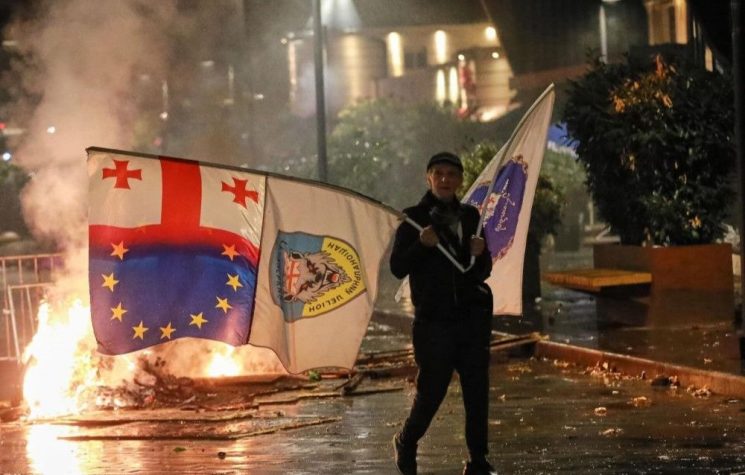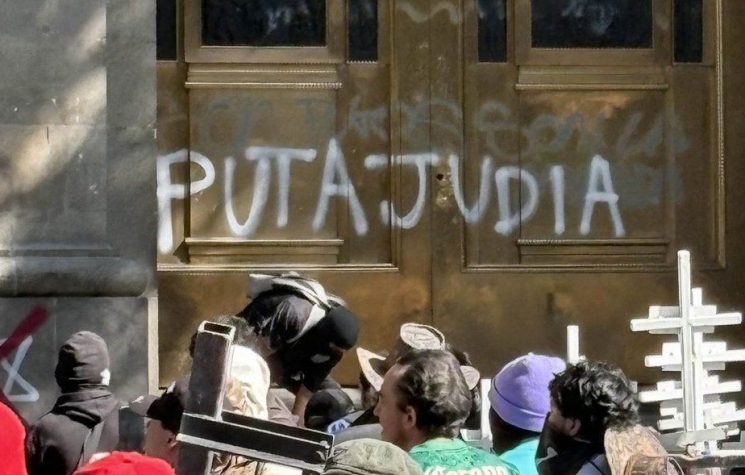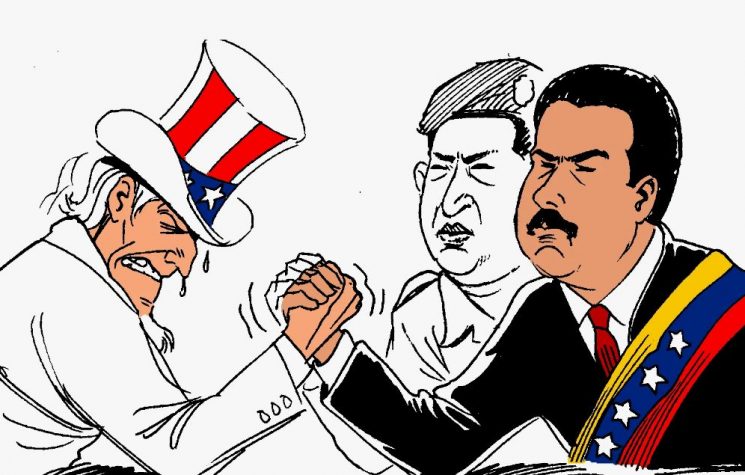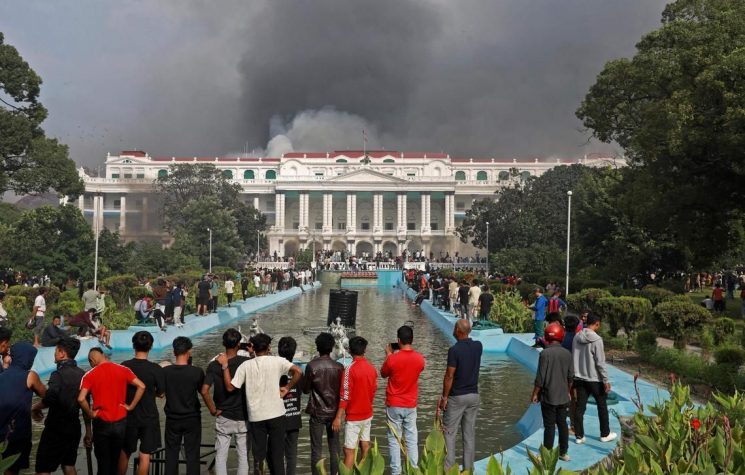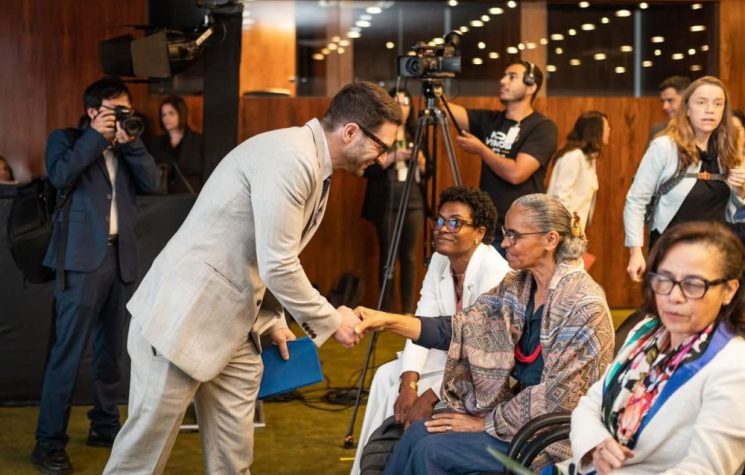Unless convincing evidence of foreign interference emerges coincidental similarities with classical colour revolution methods should not be given excessive credence.
Contact us: info@strategic-culture.su
New Year’s came and went, but as we had surmised Serbia’s Batista did not make his country a wonderful holiday gift by fleeing. Not just yet. The pressure from below however continues to build relentlessly, clouding his political future. The most that the stubbornness of the regime, which has managed to annoy almost everyone, can now hope to accomplish is to merely postpone the inevitable.
The latest round of social unrest in Serbia began on 1 November when in the northern city of Novi Sad a recently “reconstructed” roof overhang weighing over 20 tonnes collapsed, squashing seventeen passers-by, of whom fourteen died on the spot, one succumbed later on, and two are still fighting for their life.
But what elsewhere might have been written off as an unfortunate accident (or an “Act of God,” as it is awkwardly known in common law terminology) has triggered in Serbia an unprecedented tsunami of popular fury directed at the presumed malfeasance of the authorities, which are seen as having made it possible for the tragedy to occur.
The broad based protest movement is spearheaded by university and secondary school students, but its ranks are being swelled by farmers, teachers, members of other professions, and ordinary citizens. The position of the protesters is that the direct cause of the killing was endemic corruption which pervades all echelons of Serbian society, with a disproportionate concentration at the political top. They argue that the railway station reconstruction was a sweetheart deal at a grossly inflated price awarding the job to contractors close to top officials, with whom they were more than willing to share the loot. As a result, the authorities deliberately turned a blind eye to egregious violations of quality standards and the shabby workmanship of their minions.
The principal demands of the student movement are that all technical and financial data pertaining to the defective reconstruction be made public and that culprits responsible for the appalling loss of life be punished, irrespective of rank. That sounds reasonable enough, although other issues vital to the Serbian nation, such as the regime’s betrayal of Kosovo, are conspicuously missing from their list of grievances. Even these rather modest demands however have been rebuffed contemptuously by the authorities, fuelling more discontentment and swelling the mass of the protesters.
To prevent the regime from hunting down or suborning their leaders, the students are operating on the principle of leaderless resistance, following the pattern previously set by the Tupamaros in Uruguay. That raises the puzzling question of how they take their decisions and do their strategic planning. The students’ somewhat disingenuous response is that they decide on matters collectively in an institutional setting they call the plenum, where all participants deliberate transparently and as equals. Many are bewildered by the suitability of such a loose mechanism for coordinating large-scale political activities. Recently, Russian Foreign Ministry spokesperson Maria Zakharova was openly sceptical, claiming to detect the aroma of a Western-inspired colour revolution in these proceedings.
The commotion currently taking place in Serbia could plausibly be interpreted within such a framework. Overlooking its own complete subservience to the collective West and in an effort to delegitimise the protesters, the regime has been making that point forcefully.
The “plenum” mechanism that Serbian students claim is their collective decision-making tool does raise some critical questions if we postulate the possibility that the student movement is externally directed or manipulated. The most obvious question is how young people in their twenties who did not personally experience the socialist system, where expressions such as “Party plenum” and the like were common, had settled on such odd terminology. Suspicions of a nefarious external link are reinforced by the fact that the same concept was used in 2014 during the failed “colour revolution” attempt in the Republic of Srpska (Bosnia and Herzegovina) and a year later in the partially successful regime change operation executed in Macedonia.
It turns out that in both those cases the concept of plenum was presented to the public as the collective decision-making device behind the upheavals in those two countries. In reality, it was a notion designed to create the appearance of spontaneity for a managed process and even more importantly to disguise the behind the scenes influence of the external string-pullers. This methodology for creating the illusion that the actors on the colour revolution stage are making autonomous decisions originally was pioneered by the infamous think tank, the Rand Corporation. Insights into its practical application were offered in 2007 in an article entitled “The Delphi Technique: Making Sense of Consensus,” authored by C. Hsu and B. Sandford, and published in the scholarly journal Practical Assessment, Research & Evaluation, no. 10, August 2007.
The authors state that the Delphi technique “is designed as a group communication process which aims to achieve a convergence of opinion on a specific real-world issue.” They add that the technique, which relies on the use of trained “facilitators” tasked with discretely supervising the decision-making process, is “well suited as a method for consensus-building.”
In the practical application of the Delphi strategy, the “change agent,” or “facilitator,” plays the principal role and is the driver of the entire process. He is trained to initially act as a neutral discussion moderator in an interaction that the participants believe is entirely controlled by them. The facilitator feigns sympathetic attention to the participants’ statements regarding their respective concerns. Whilst the participants in the “plenum” session take their turns speaking out, the facilitator categorises them as individuals with leadership potential, “barkers,” and undecided who lack a stable point of view and are apt to change their posture under group pressure.
The “facilitator” is trained in the methodology of psychological manipulation and based on previous observation he can predict the probable reactions of most participants. Individuals who take a critical stance toward the agenda the facilitator is promoting are marginalised and group members are thereby sent a message that should they identify with openly dissenting positions they too may be shunned.
Participants are rarely aware that they have been subjected to manipulation. Even should they suspect it, they have no idea how to resist. The desired effect is polarisation within the group, generating the impression of lively, democratic discussion, whilst the facilitator gradually ceases to act as an unbiased moderator and increasingly takes on the role of a full-fledged participant in the group dynamic. He or she selects the right moment to table a proposal, policy, or course of action that is slated in advance to be adopted. Those present gradually line up behind the proposal and vote in favour of it as if it originally had been their own idea, whilst pressuring uncommitted and wavering colleagues to follow suit and also give their consent.
Like everything to do with “colour revolutions,” this technique of consensus engineering is phony and contrived, designed to assure useful idiots that they are in charge of the process and to conceal the presence of the background manipulators. It is a cynical example of directed group dynamics without the participants’ knowledge. The successful employment of the Delphi method is based on the concealed presence of trained professionals to create the pretence of robust “discussion” but in reality their role is to channel group energy toward the adoption of preordained conclusions. Many of those present would perhaps have not gone along if they had been granted the possibility of unpressured reflection and informed decision-making.
There is no direct and conclusive evidence that external forces are exerting a significant influence over the Serbian student movement in the manner described above. An equally or even more plausible case could be made that the students and other citizens are indeed acting on their own, motivated by the catastrophic collapse not just of a railway station roof but of the entire legal and political system in their country. They have plenty of credible reasons for rage. But unless convincing evidence of foreign interference emerges coincidental similarities with classical colour revolution methods should not be given excessive credence. They should always however be prudently kept in the back of one’s mind.










